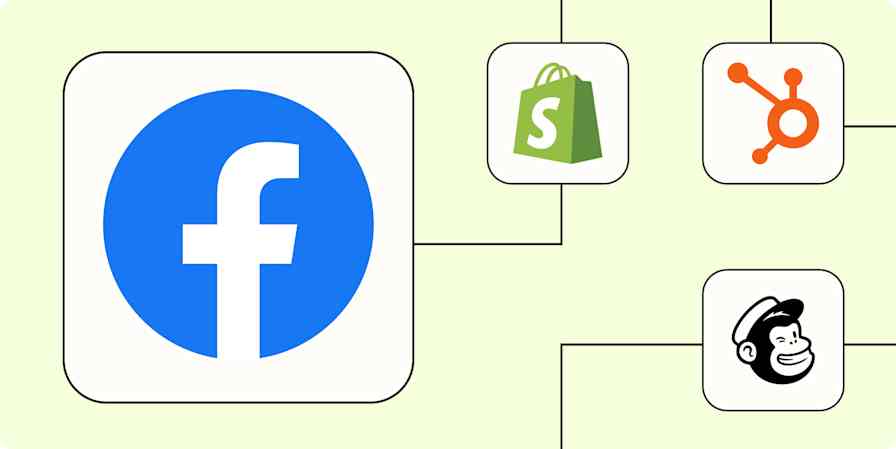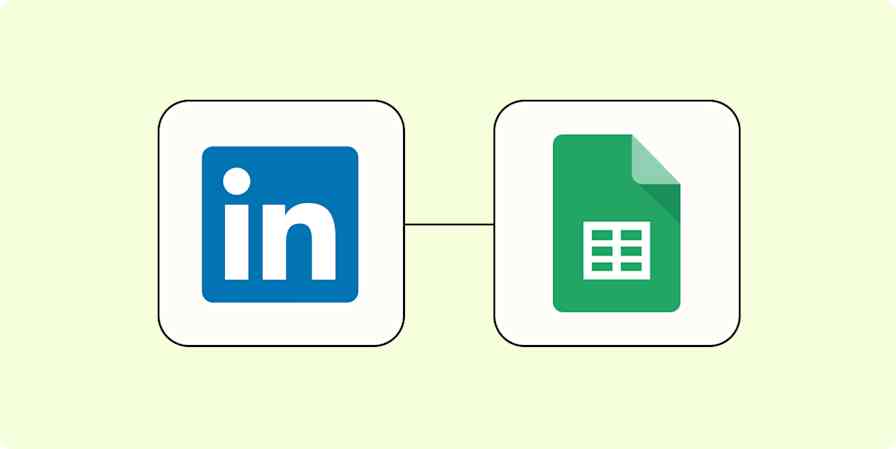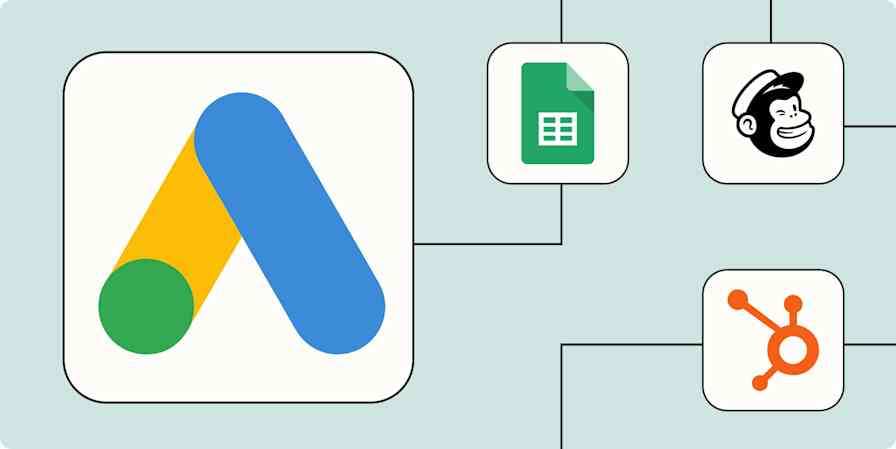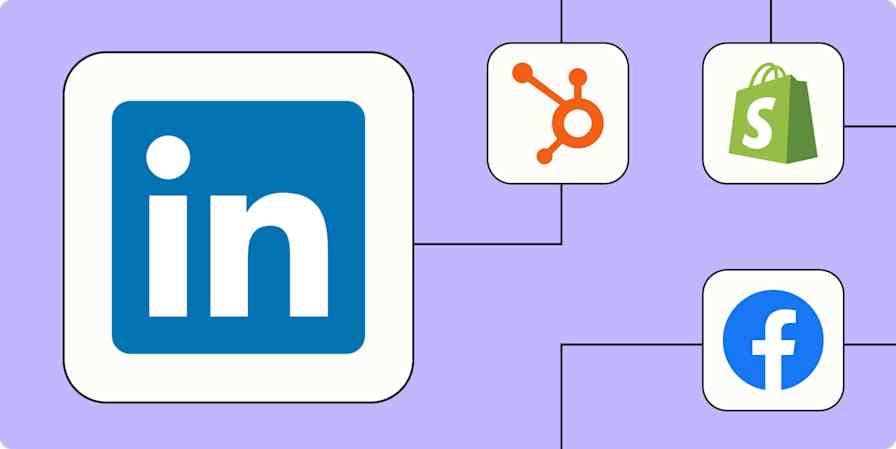Marketing tips
6 min readHow to advertise on Twitter
Find out if Twitter ads make sense for your business—and how to get started.
By Danielle Antosz · February 18, 2022
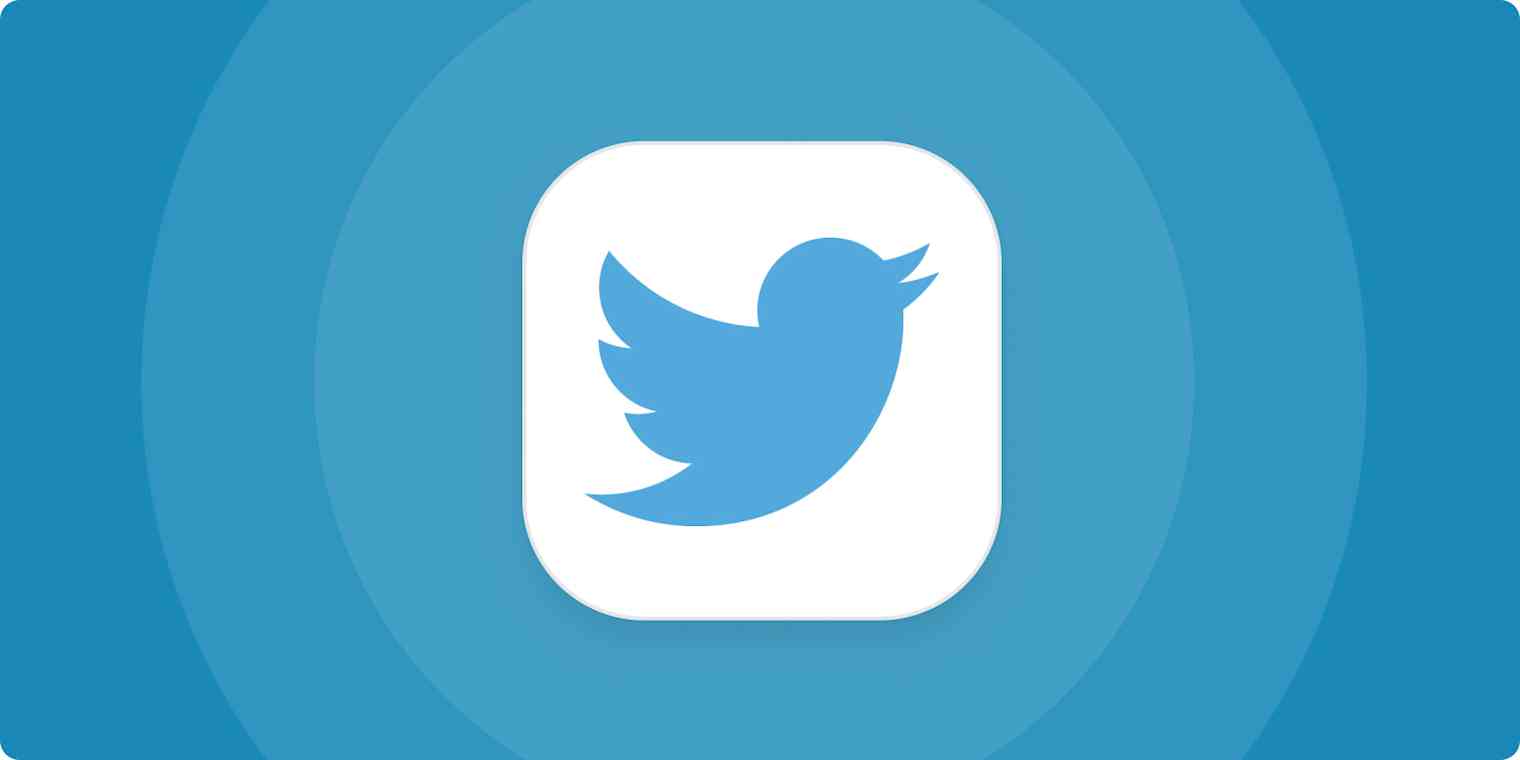
Get productivity tips delivered straight to your inbox
We’ll email you 1-3 times per week—and never share your information.
mentioned apps
Related articles
Improve your productivity automatically. Use Zapier to get your apps working together.


